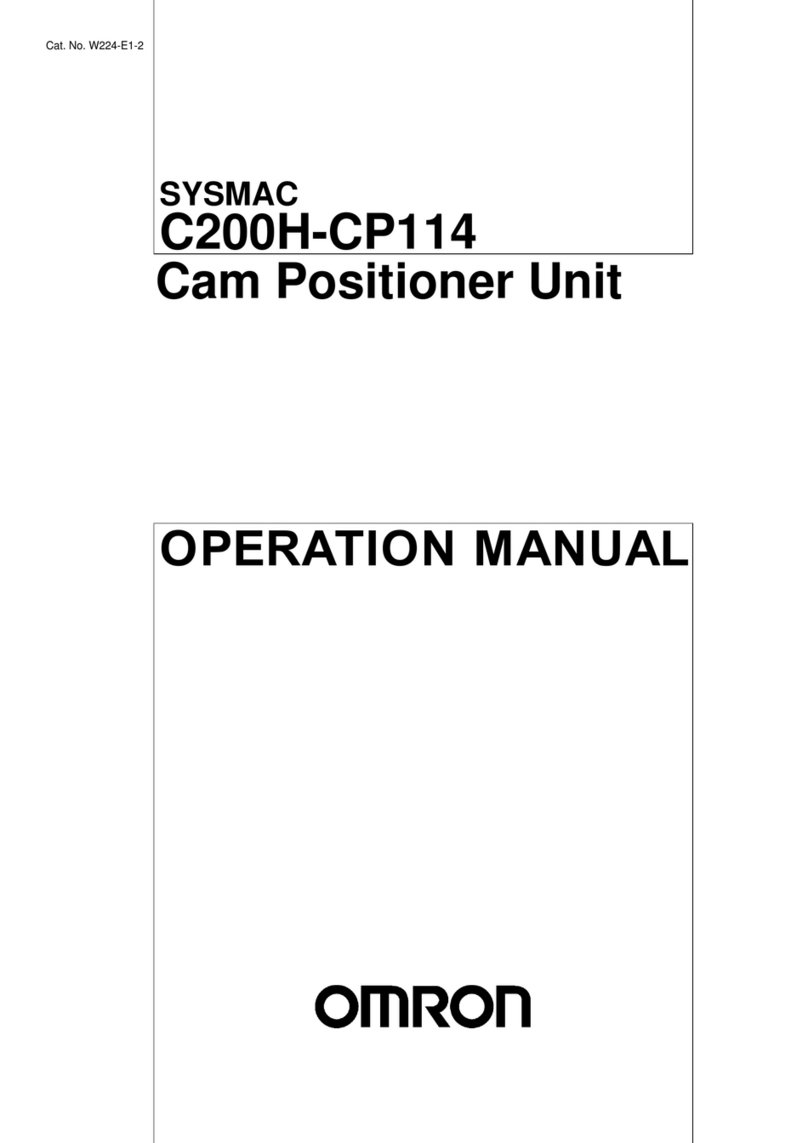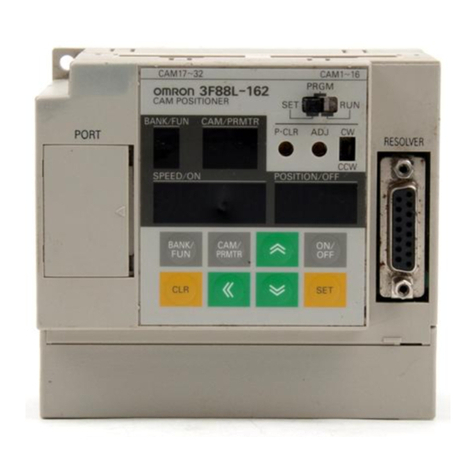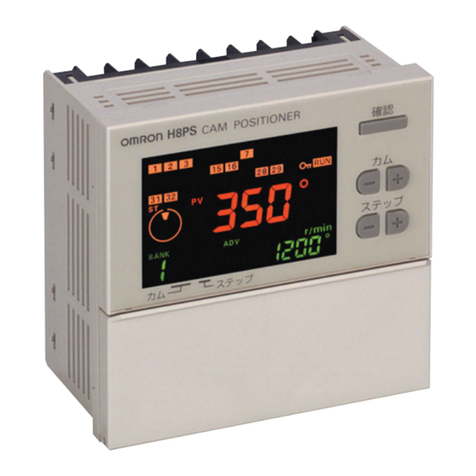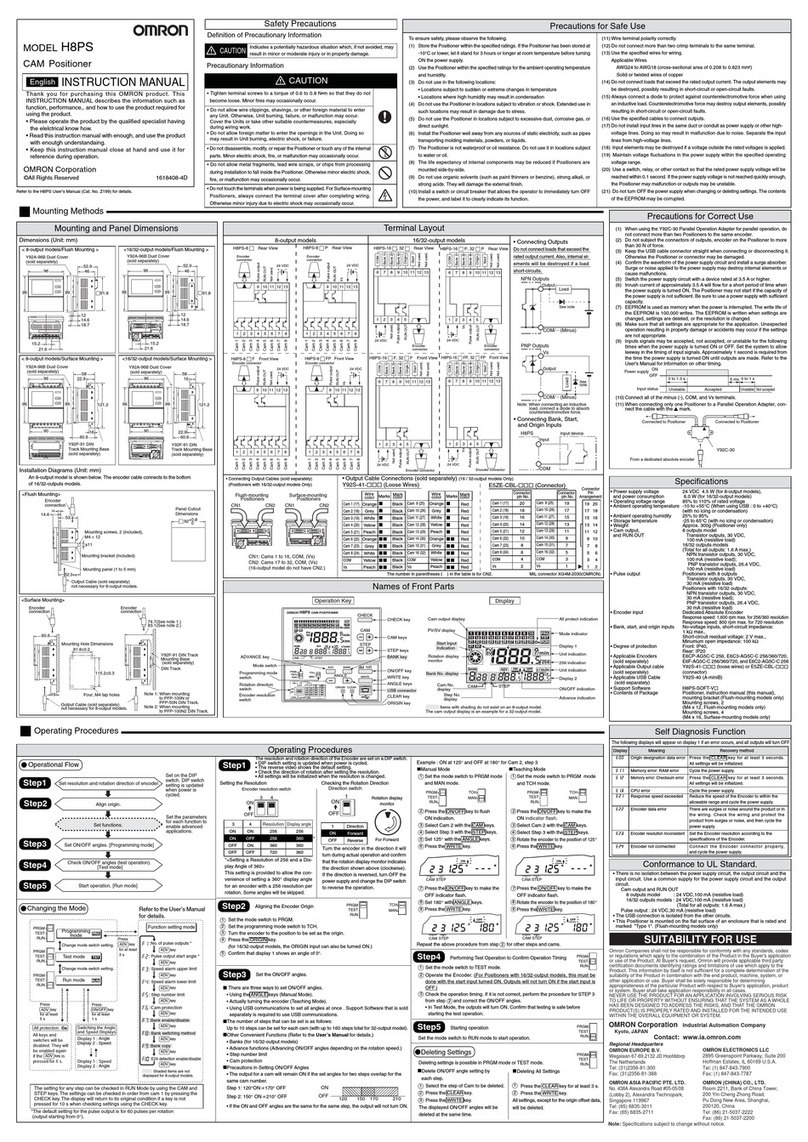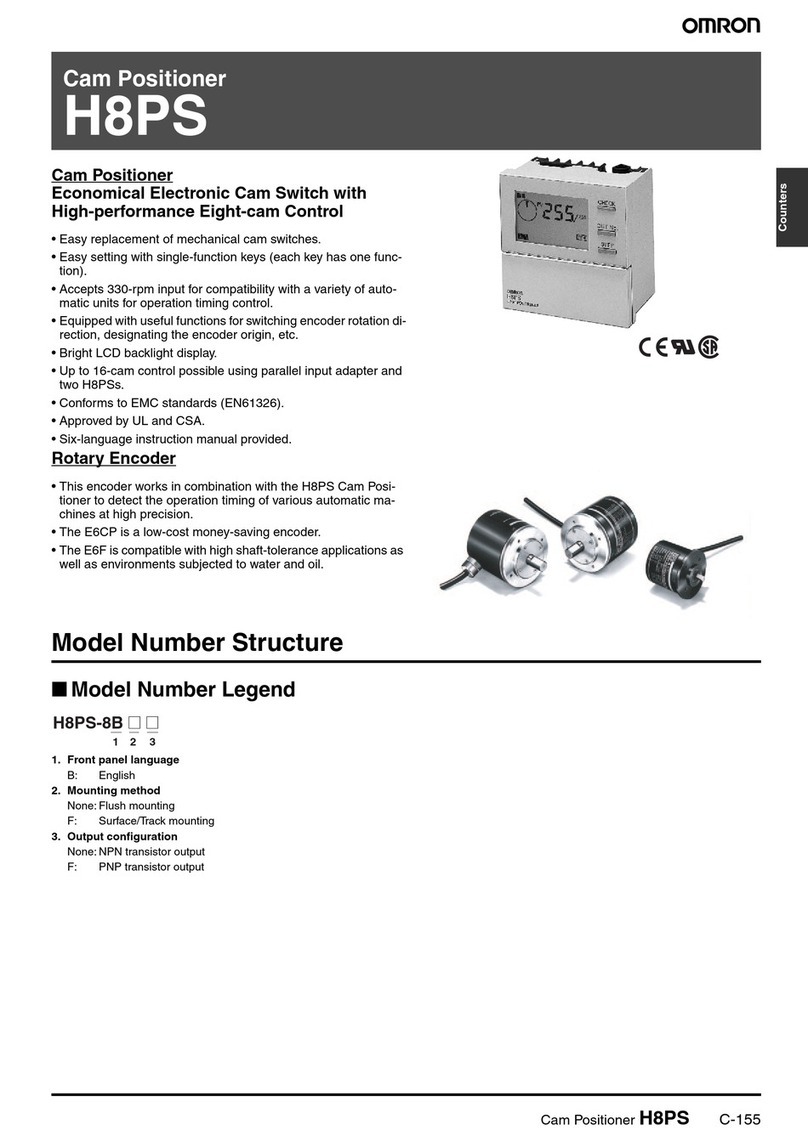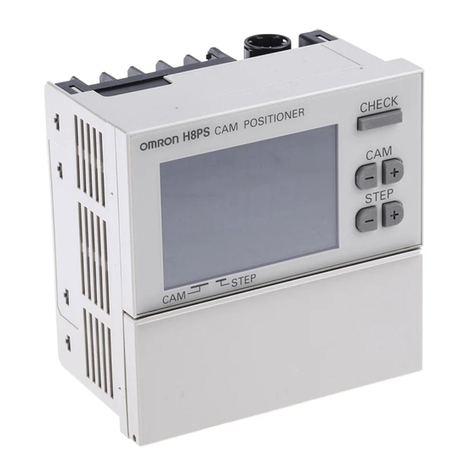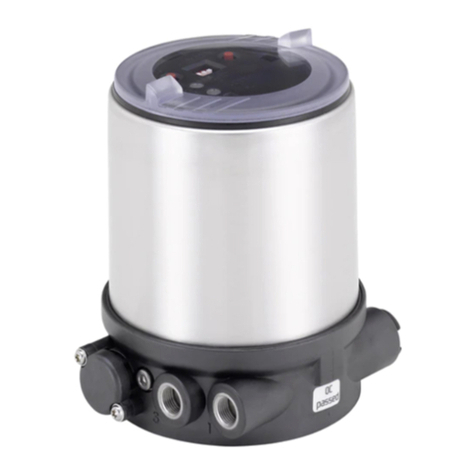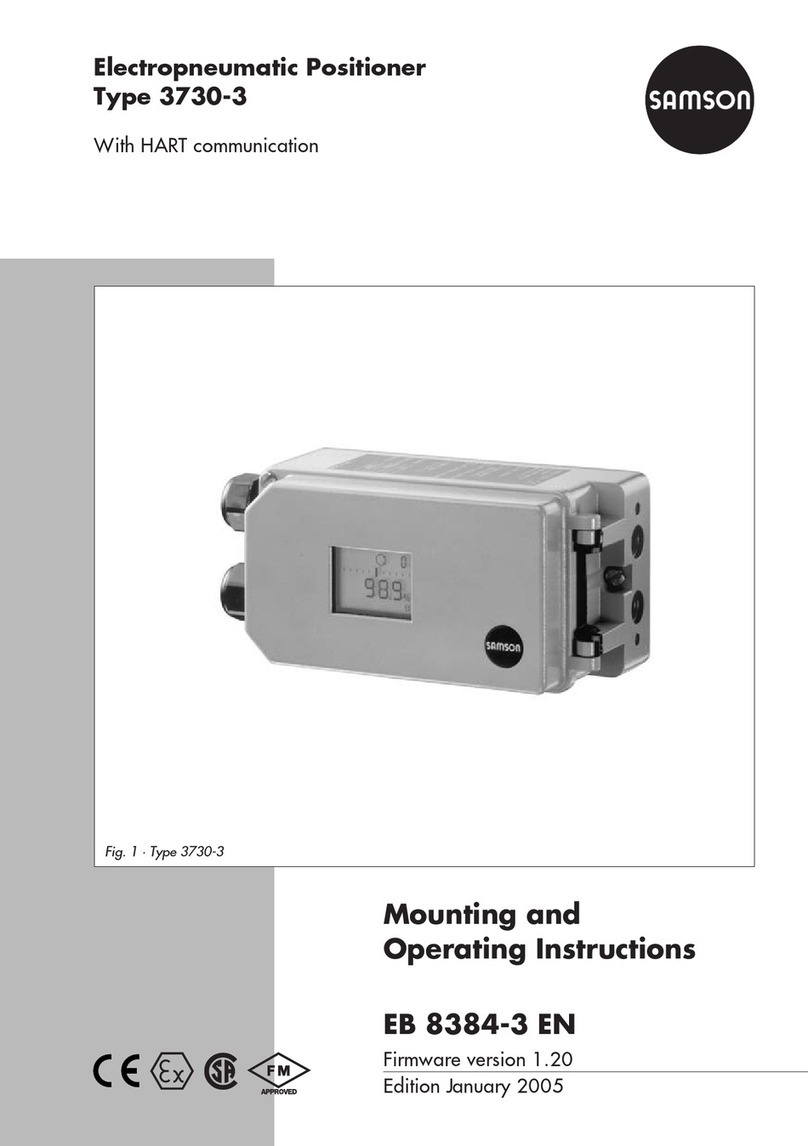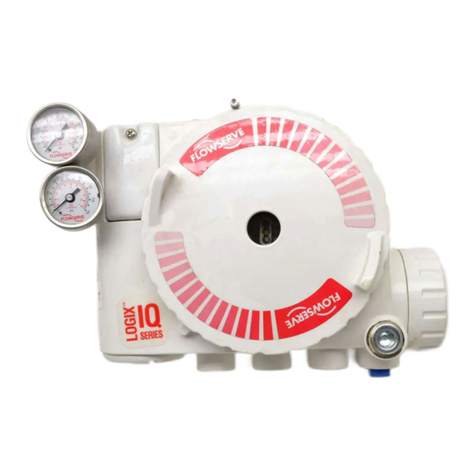
Thank you for choosing this 3F88L-160/162 Cam Positioner. Proper use and handling of
the product will ensure proper product performance, will lengthen product life, and may
prevent possible accidents.
Please read this manual thoroughly and handle and operate the product with care.
1. To ensure safe and proper use of the OMRON Cam Positioners, please read this USER’S
MANUAL (Cat. No. O008-E1) to gain sufficient knowledge of the devices, safety information,
and precautions before actual use.
2. The products are illustrated without covers and shieldings for closer look in this USER’S
MANUAL. For actual use of the products, make sure to use the covers and shieldings as speci-
fied.
3. This USER’S MANUAL and other related user’s manuals are to be delivered to the actual end
users of the products.
4. Please keep this manual close at hand for future reference.
5. If the product has been left unused for a long time, please inquire at our sales representative.
NOTICE
1. This manual describes the functions of the product and relations with other products. You
should assume that anything not described in this manual is not possible.
2. Although care has been given in documenting the product, please contact your OMRON
representative if you have any suggestions on improving this manual.
3. The product contains potentially dangerous parts under the cover. Do not attempt to open
the cover under any circumstances. Doing so may result in injury or death and may damage
the product. Never attempt to repair or disassemble the product.
4. We recommend that you add the following precautions to any instruction manuals you pre-
pare for the system into which the product is being installed.
SPrecautions on the dangers of high-voltage equipment.
SPrecautions on touching the terminals of the product even after power has been turned off. (These
terminals are live even with the power turned off.)
5. Specifications and functions may be changed without notice in order to improve product
performance.
Items to Check Before Unpacking
1. Check the following items before removing the 3F88L-160/162 Cam Positioner from the
package:
SHas the correct product been delivered (i.e., the correct model number and specifications)?
SHas the product been damaged in shipping?
SAre any screws or bolts loose?
SHave all accessories been correctly delivered together with or attached to the product? The acces-
sory for the 3F88L-160/162 Cam Positioner is the Safety Precautions only.
Mounting screws and other necessary parts must be provided by the customer. Should there
be any problems with this product, contact your nearest OMRON sales representative.
2. Check the following items before removing the 3F88L-RS17/17T/15/15W Resolver from
the package:
SHas the correct product been delivered (i.e., the correct model number and specifications)?
SHas the product been damaged in shipping?
SAre any screws or bolts loose?
SHave all accessories been correctly delivered together with or attached to the product? The acces-
sories for the 3F88L-RS17/17T are one 3F88L-RL10 Coupling and one copy of the user’s manual.
The accessories for the 3F88L-RS15/15W are one 3F88L-RL6 Coupling and three mounting claws.
Should there be any problems with this product, contact your nearest OMRON sales repre-
sentative.






